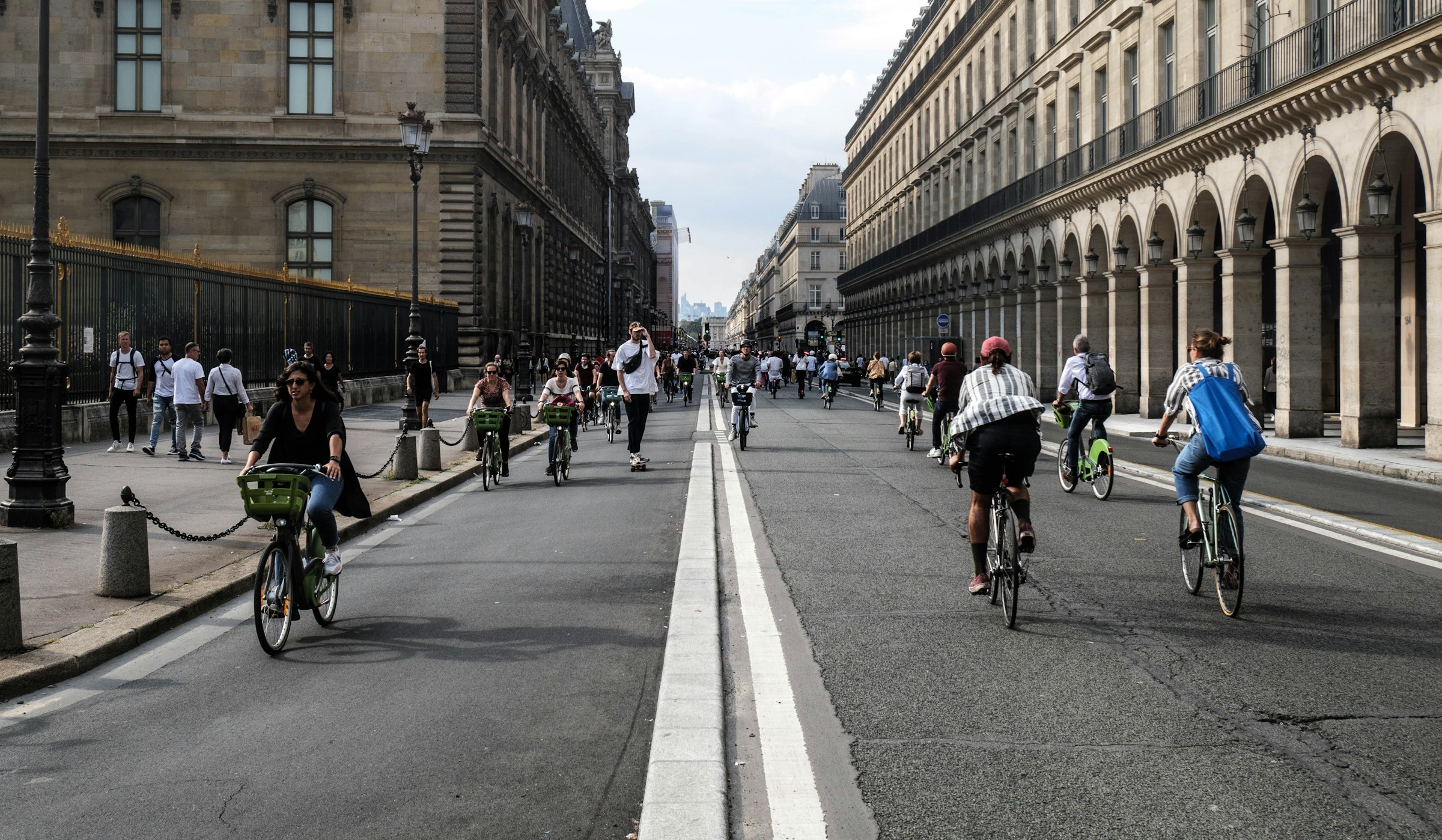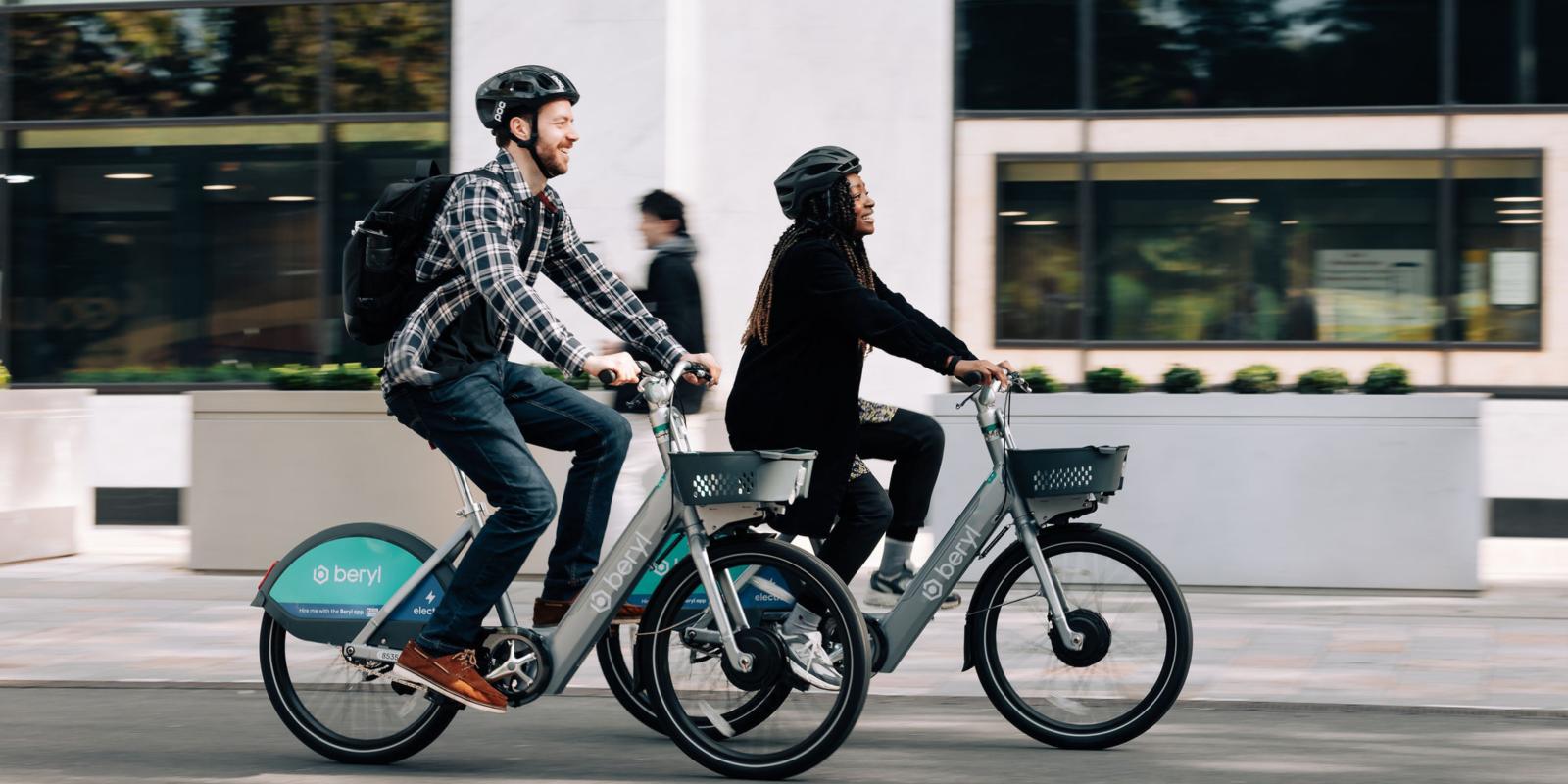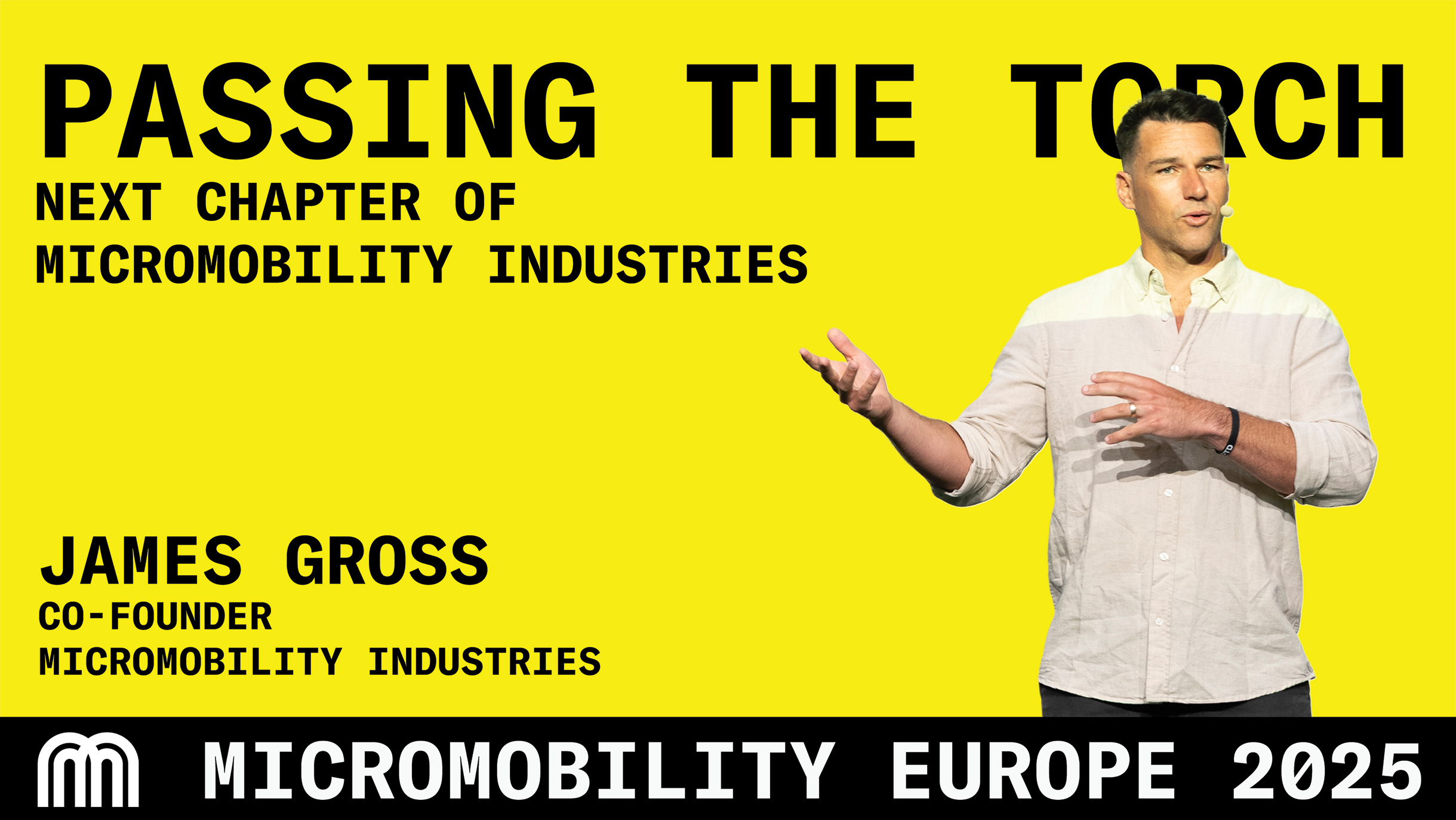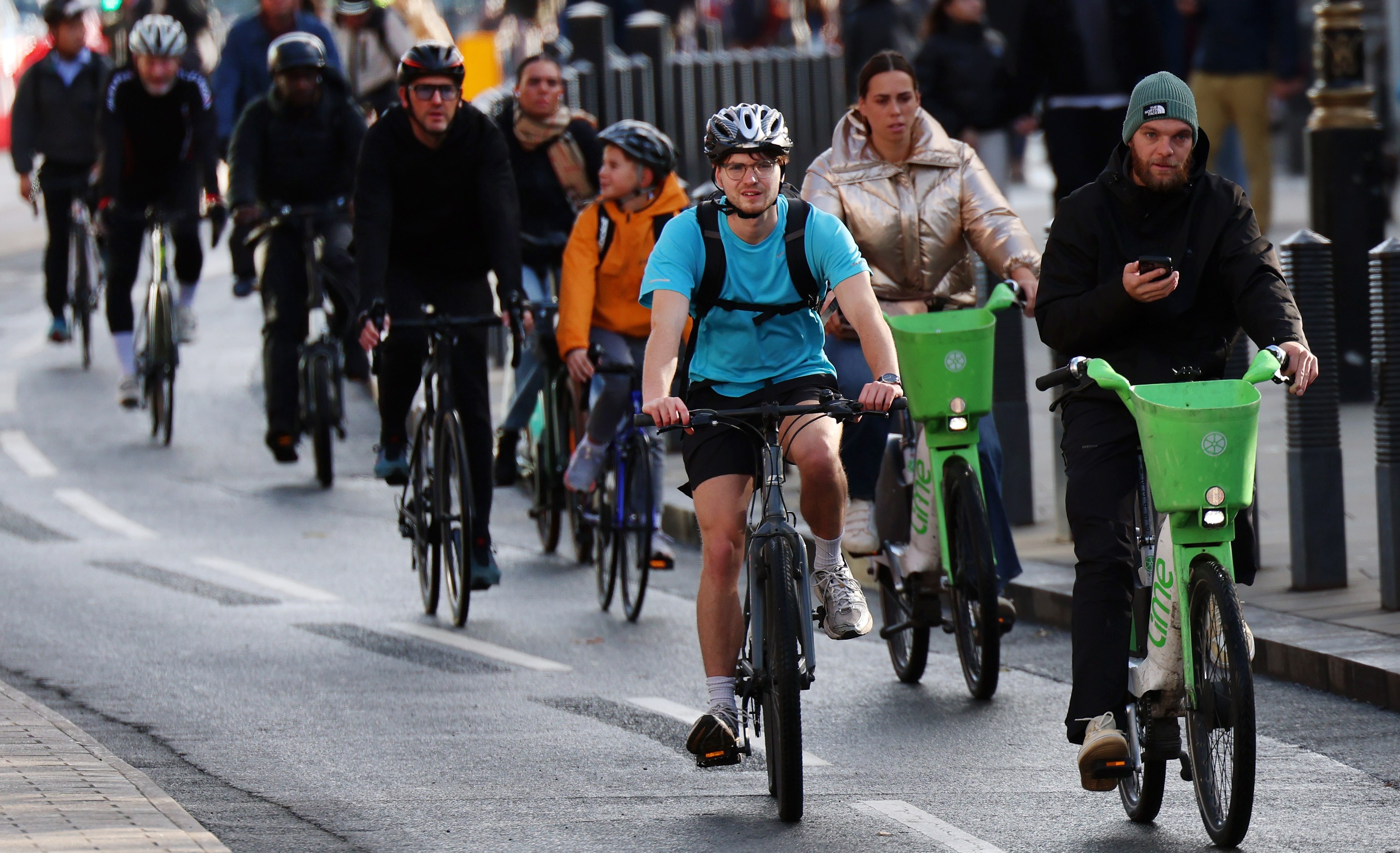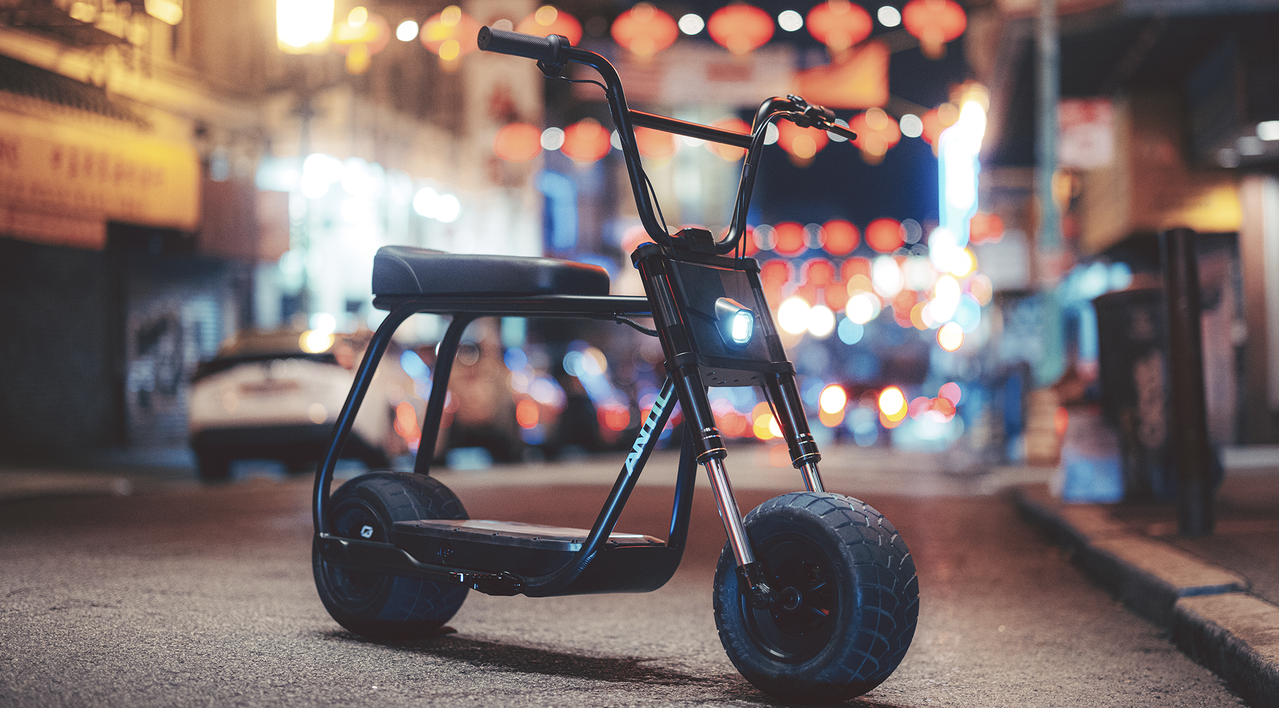Today we introduce the world’s first public, comprehensive view into the global micromobility space. Like any new product seeking market fit, we see this as the beginning of a conversation that will evolve alongside the industry and its customers.
Every emerging category needs definition that can help it grow, without discouraging pioneers and dreamers. This landscape will serve as a foundation for new discussions as it unveils a new look into the micromobility landscape.

What Companies Belong in the Landscape?
Let’s first review the definition of micromobility.
The standard definition for micromobility is <500kg.
Secondary traits include:
- Electrification. Pedal bikes are notably not included. This is sure to bother some, and our response is that the innovation of the pedal bike has been around for over 100 years. It actually precedes the car. Micromobility is something new.
- Utility. People are taking the vehicle to work and to school. As Jeff Russakow, CEO of Boosted, said so aptly on our podcast, “most regulation today in micromobility is about making toys safe.” Micromobility is not toys, and this is one of the great social shifts that will have to take place for these vehicles to achieve extensive public benefit in a safe manner.
- Both Shared and Owned Vehicles are included.

What does it take to be included in this report?
- We accept hardware or software built for the definition.
- We favor companies that are micro-native, meaning they have always been built for the micromobility market first. We are including traditional players that are showing signs of pivoting to the micromobility space—Giant and Trek with ebikes being an example.
- We also made some room for areas where we see future innovation, the major example being the “Cover” section.
Goals of the Landscape
Given the intention of a rendering for the broader market, terminology has been simplified (a great example is “Software for People”) and some categories (notably “Fleets” and “Fleet Building Blocks”) have been reduced to a simplicity that some will object to. We expect to get more granular in future releases.
A Simple Sort
Something that was surprising to us is how cleanly “Shared” and “Owned” breaks up. Obviously, it gets more complicated with regard to manufacturers, to name one example, but it was clear-cut enough that we saw that this division could help people better wrap their heads around the space.
There is still a fair amount of work to be done in micromobility terminology. Just as we have “trucks,” “SUVs,” and “sedans” for automobility, we are confident that things will develop in micro. Matters of bike lane eligibility, pedals vs throttles, wattage, and more will also play significant roles, notably for regulators; in response, we’ve chosen to abstract all form factors to simple features that the larger audience can discern simply from looking at what is in front of them.
















Deck

First, to move from point A to point B, you need a platform, base, or “deck” to stand on—a magic carpet on which you experience your city in a whole new exploratory way. These micromobility vehicles are often the most fun—and the most difficult to ride—thus why no company has ever piloted a shared fleet. This manifests itself as electric skateboards, electric unicycles (EUCs), and other (often quite creative) form factors. These are the lightest and most portable of vehicles and generally, those that own one love it.
Handlebars

Something to stand on—and something to hold on to. The “Handlebars” category shuns weight and cumbersome “mounting” of a vehicle, while adding the accessibility to qualify it for the mass market. Bird first struck on this idea in the shared space with the form factor that no one expected and became the fastest-to-unicorn-status startup of history. Center of mass is low, and a user feels they may learn how to manage the vehicle on their very first ride (hop on, hop off)—a critical reduction of barrier to entry if vehicles are going to be scattered throughout a city.
Put simply, a scooter is easier to ride than a skateboard, but also simpler than an ebike.
Seat

As we proceed, the “seat” form factor gains weight, robustness, accessibility, and comfort, but as shown by the previous two categories, there are also very clear advantages to forgoing the handlebars or seat, notably in weight and fun-factor. More companies exist in the seat category than any other, and a discussion to be watched closely is the pedal vs throttle distinction. In this category is both a Vanmoof ebike and a Zero motorcycle--quite a range of weight and power.
Cover

This final category will also see a wide range. This is the form factor the world has seen very little of thus far, so it’s extra important that this be included to communicate the value and opportunity. In an attempt to understand “micromobility,” many have reduced the concept to essentially “micromobility = bikes and scooters.” This makes it easier to understand, but also empties it of its power. Horace has responded this way, “[defining by the weight <500kg] accommodates the long tail of exceptional demand.”
Just as we’ve seen exponential growth in these first three categories, we will soon see rapid development in this fourth category. Bike zealots proclaim that rain is just a thing, but the market dictates that is likely not the case. The world needs vehicles that possess the virtues of micromobility yet also address jobs-to-be-done such as “I want to arrive at work economically and quickly and not be soaked through.”
Micromobility is for the masses.
Some people love their new electric unicycles. Some never rode a shared ebike until they’d first been intrigued by that scooter that popped up on the side of the road. Some have been fighting for better infrastructure and social change toward their mode of choice for decades and still others are picking up brand new ebikes as they witness exciting change in these two areas.
And some haven’t shifted to micromobility simply because their jobs-to-be-done have not been met. This landscape is a call to entrepreneurs and business leaders, to government officials and investors, and to academics and the everyday commuter to take action.
Micromobility has only just gotten started.
Download here :: You can tell us about your great company here so we can include you!

.svg)
%2Bcopy.jpeg)


.svg)

